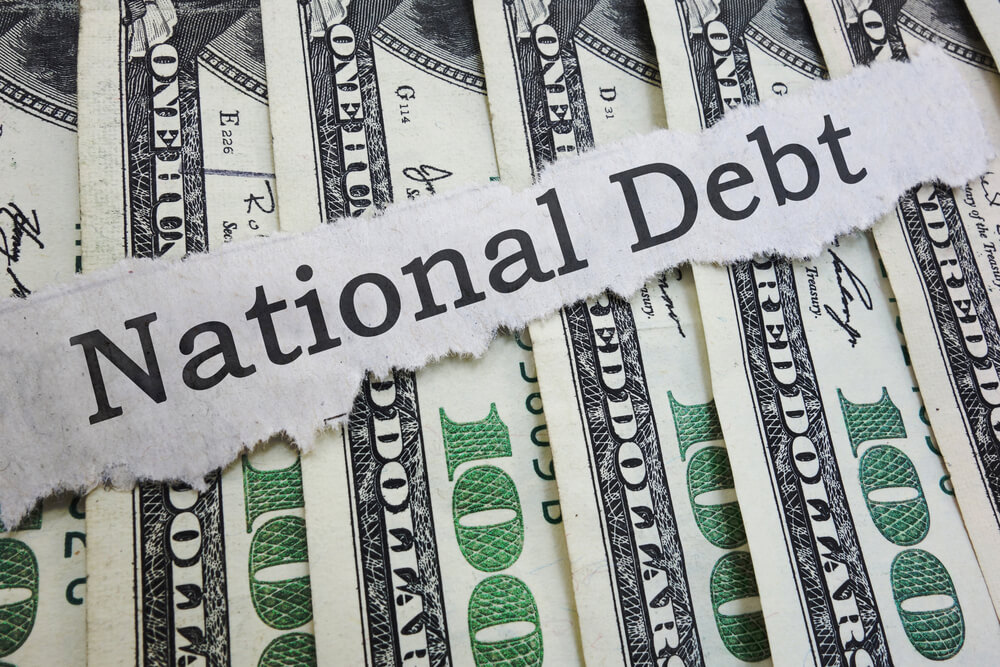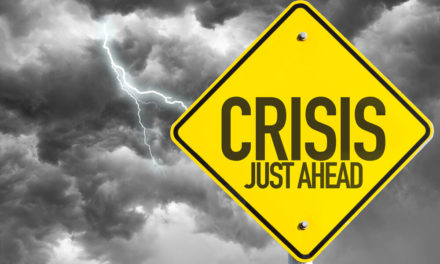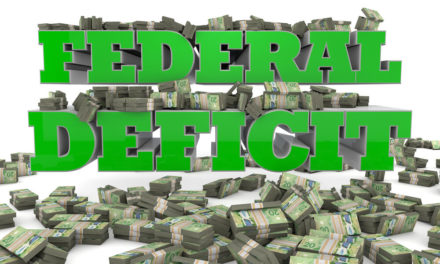The ballooning national debt wasn’t a major issue heading into the 2018 midterm elections, but there’s little doubt that deficit talks will soon begin, leading all the way into 2020’s presidential election.
But does anyone really care?
According to the U.S. Treasury’s public debt reckoning, the U.S. will have the highest annual debt issuance since $1.586 trillion in 2010 when the economy was recovering from the Great Recession. But growing up in the U.S., we have heard about the national debt for most of our lives and nothing serious has happened because of it.
That is about to change, according to Bruce Yandle, a “distinguished adjunct fellow with the Mercatus Center at George Mason University” and the “dean emeritus of the Clemson University College of Business and Behavioral Science, and coauthor of September’s ‘The Economic Situation’ policy brief.”
Per Yandle’s recent op-ed in USA Today:
Soon We May Not be Able to Pay Interest on Debt
Whatever the reason for our benign neglect, the now-rapidly growing deficit does matter — and the interest cost of the debt is why it matters. It’s one thing to run in the red. It’s something else entirely to lack the wherewithal to make interest payments, and that’s where we may be heading.
According to the Congressional Budget Office (CBO)’s September estimates, given just before the books were closed for the 2018 fiscal year, the “Big Five” spending categories for Federal government outlays for the year were as follows: Social Security benefits, $918 billion; Medicare, $563 billion; Medicaid, $356 billion; military, $552 billion; and net interest on the public debt, $343 billion.
The federal deficit for the 2018 fiscal year is estimated to be $895 billion, up $222 billion from 2017. Of the Big Five, interest payments have grown the fastest, rising 19.2 percent in 2018. Each of the other categories is up by less than 10 percent.
There are three reasons why the cost of interest is rising so rapidly:
- The level of debt has grown significantly in the past year.
- Interest rates are rising.
- Inflation is rising.
We can get a sobering view of the deficit spending problem by looking at the CBO’s estimate for federal government spending beyond the Big Five categories. The amount spent for all the rest of government sums to $1.148 trillion — or just a bit less than four times the interest cost of the debt.
Now, let’s play some number games. Assume that all the Big Five expenditures except for interest costs are held constant. Then suppose the average interest rate paid by the U.S. Treasury for all debt outstanding rises from the September 2018 level of 2.86 percent to the September 2008 level of 4.652 percent. Put another way, what if the interest rate on the debt rose by 62 percent?
The only way to avoid disaster at this point is to cut spending. America’s cost of interest is going to rise from $343 billion to $555 billion, or more than we spend on the military.
A quick scan of the possibilities puts us face-to-face with the tough — if not impossible — political challenges. Social Security cuts? No way. Medicare? Come on. Give me a break. Medicaid? Not in your lifetime. Defense? Wait a minute, we just started building it back up. Somewhere else in government? EPA, the big one? Not a lot of wiggling room here.
That’s an oversimplification, but a useful one. Maybe we can dodge the bullet. But we can’t deny that the federal deficit is a serious problem, and one that we the living must face.
We can’t know when the bite will come, but all it would take is for interest rates, driven by inflation and a stronger world economy, to climb toward levels seen just 10 years ago. The Fed has promised three more rate increases in just the next year. Indeed, the CBO is predicting even higher future rates.
The solution? Start cutting the growth of spending now. The economy is booming. Now’s the time to get serious.




